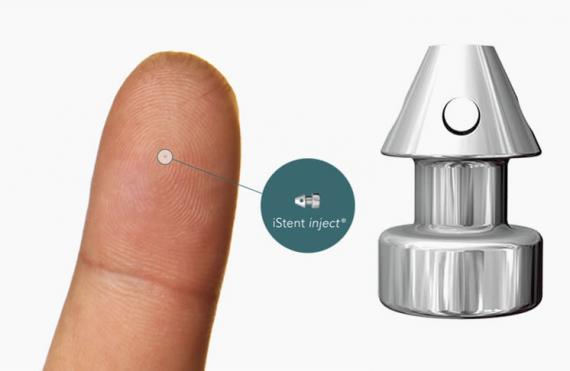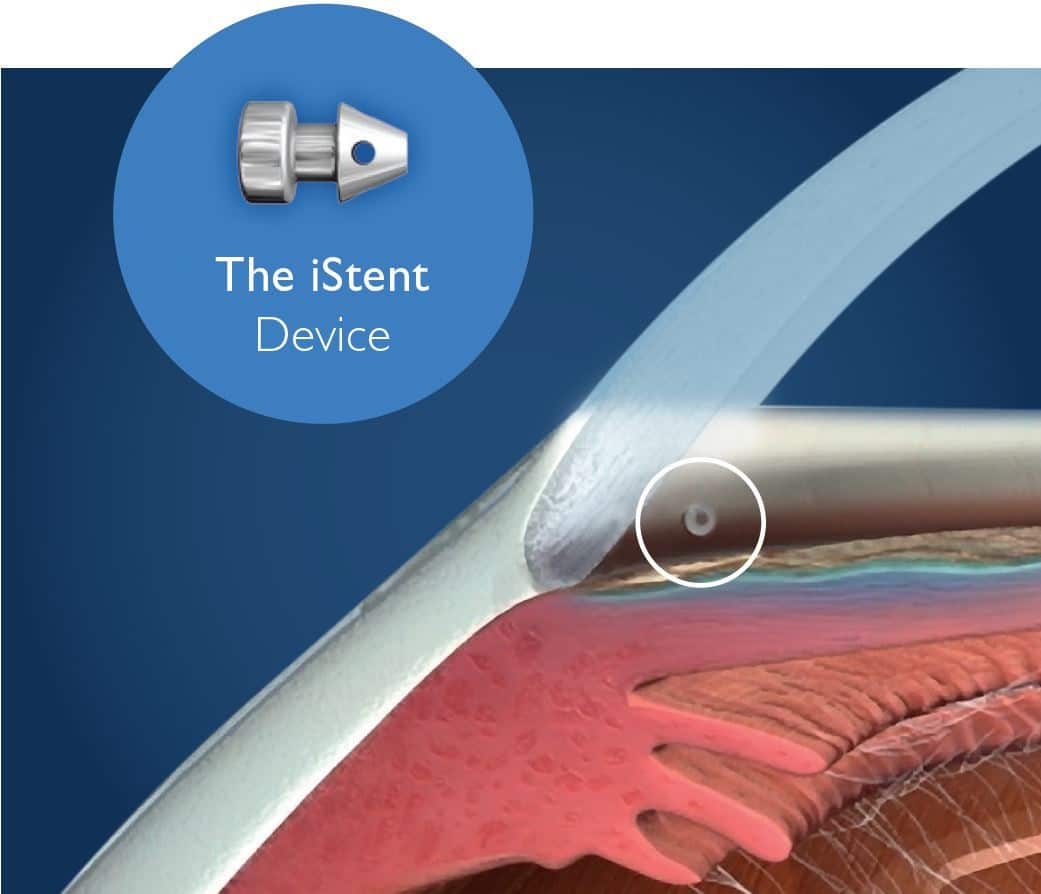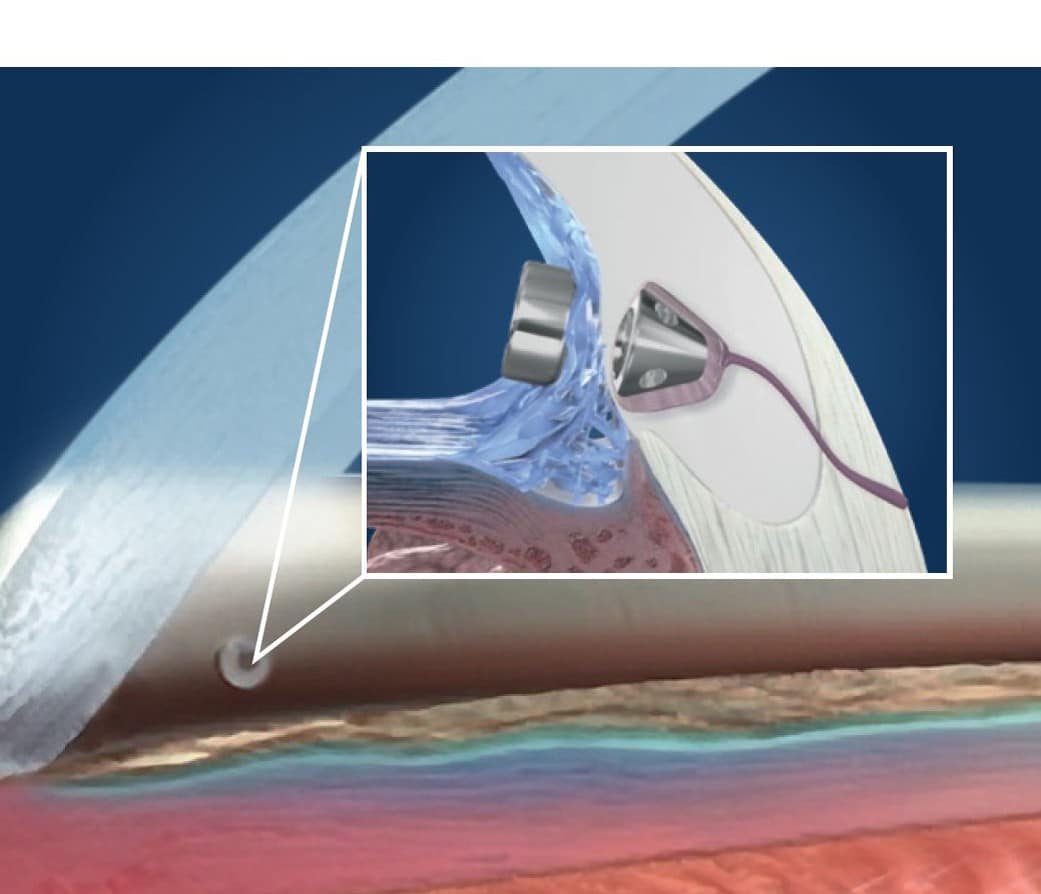iStent
iStent is the smallest medical implants known to be implanted in the human body. iStent measures just 0.36 mm long and is made of titanium (C).
iStent is designed to reduce intraocular pressure safely and effectively in patients diagnosed with primary open-angle glaucoma, pseudo-exfoliative glaucoma or pigmentary glaucoma. Studies have shown the iStent device to be safe and effective when implanted in combination with cataract surgery, or as a stand-alone procedure, in those patients who require intraocular pressure reduction and/or would benefit from glaucoma medication reduction.
The iStent device may also be implanted in patients who continue to have elevated intraocular pressure despite prior treatment with glaucoma medications and conventional glaucoma surgery.



